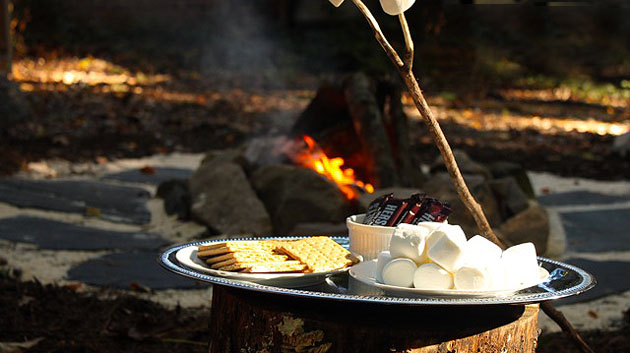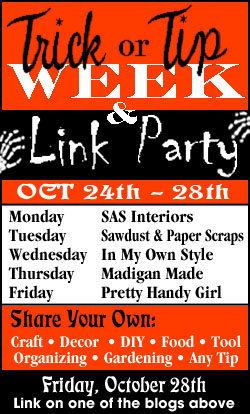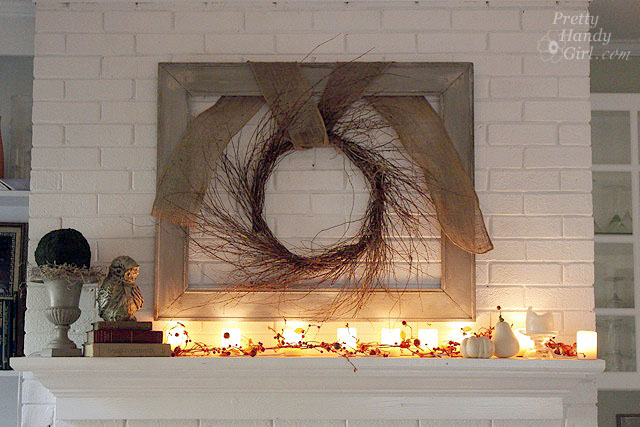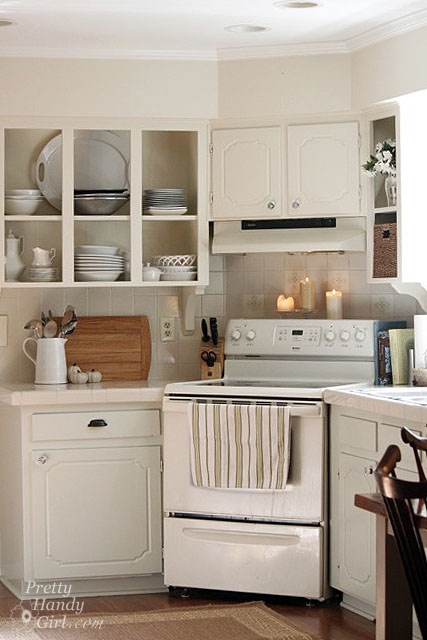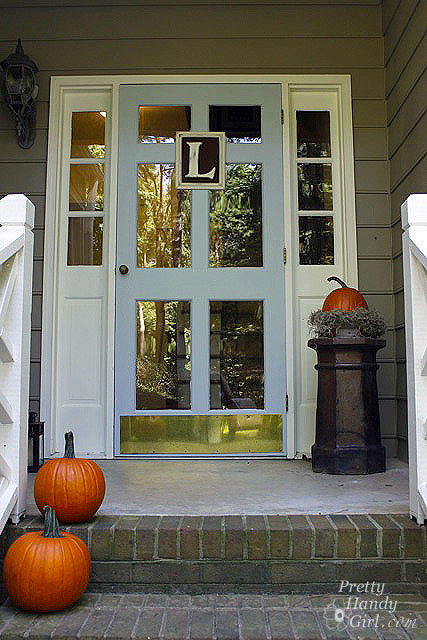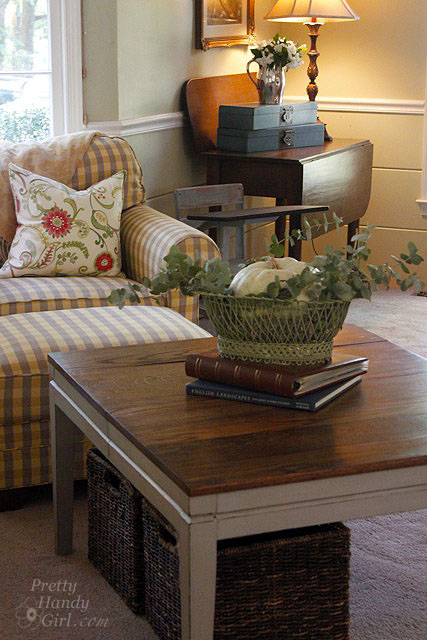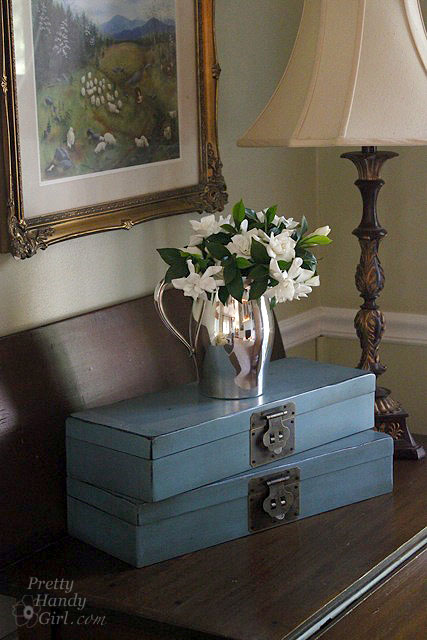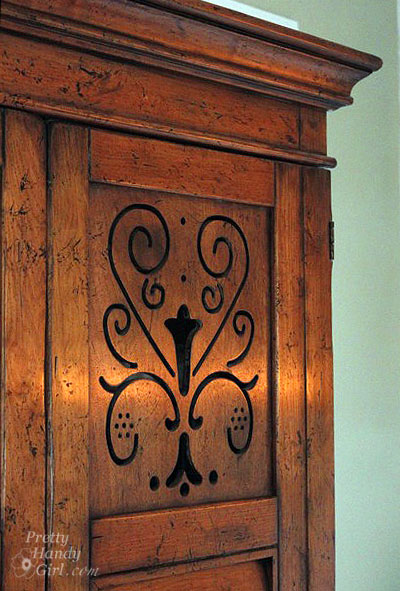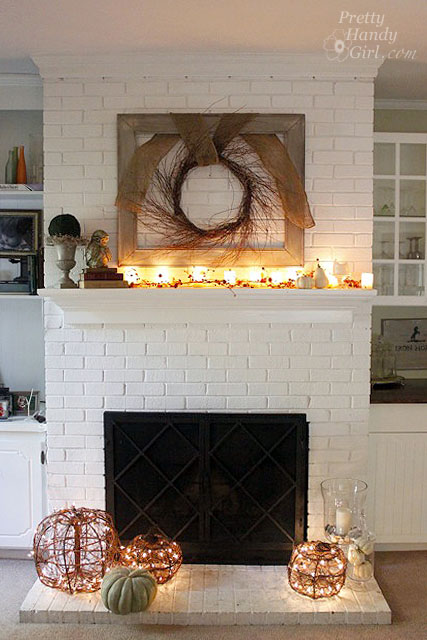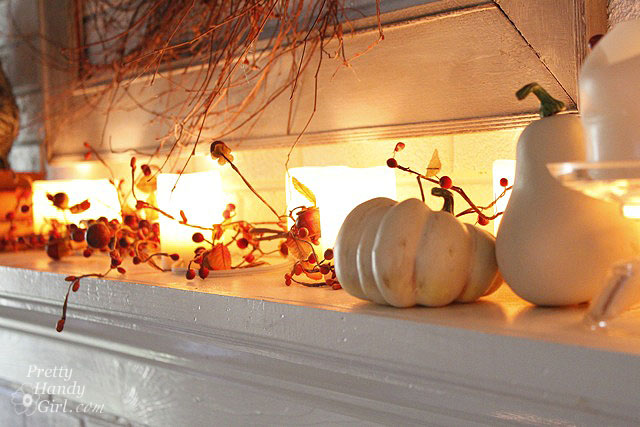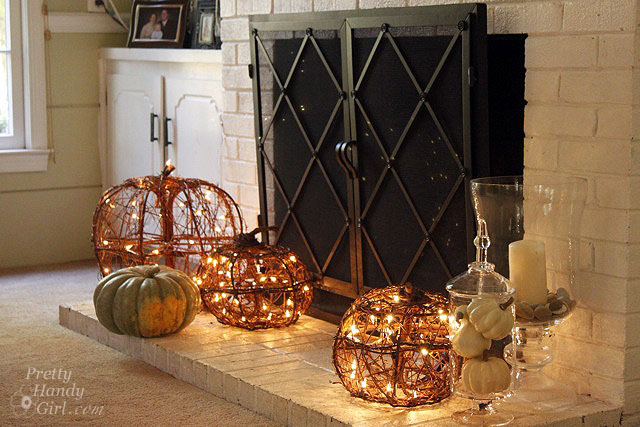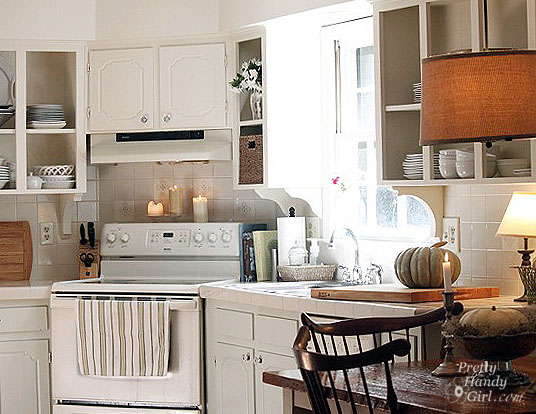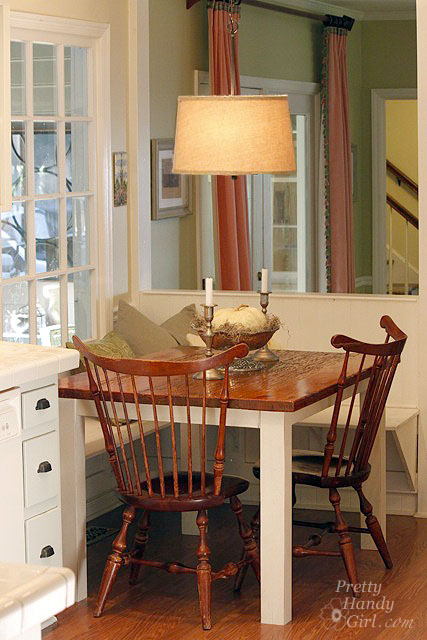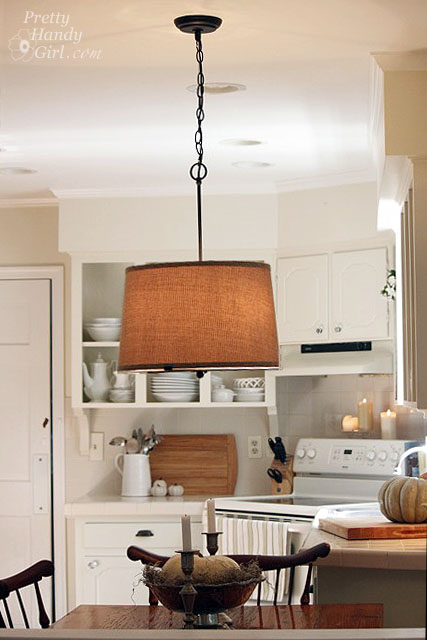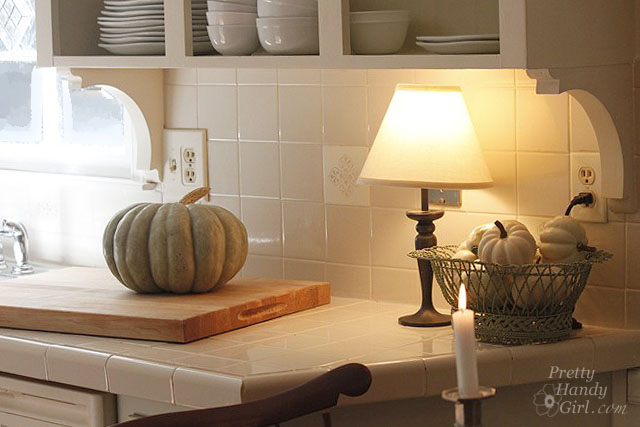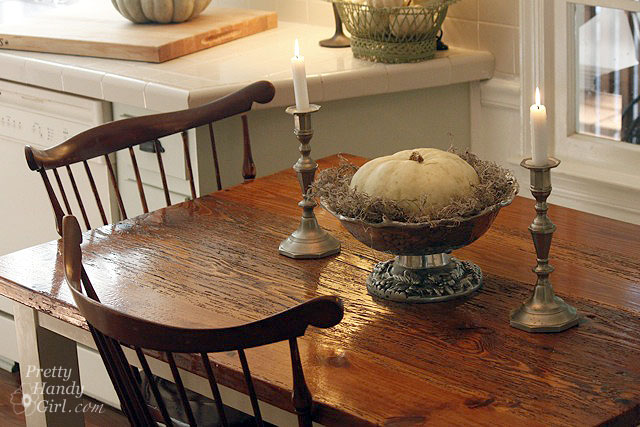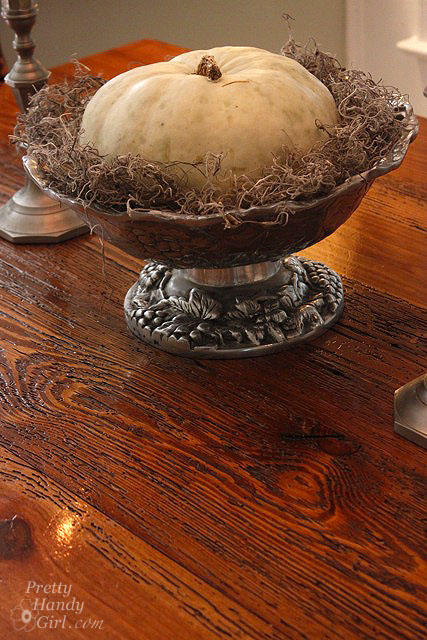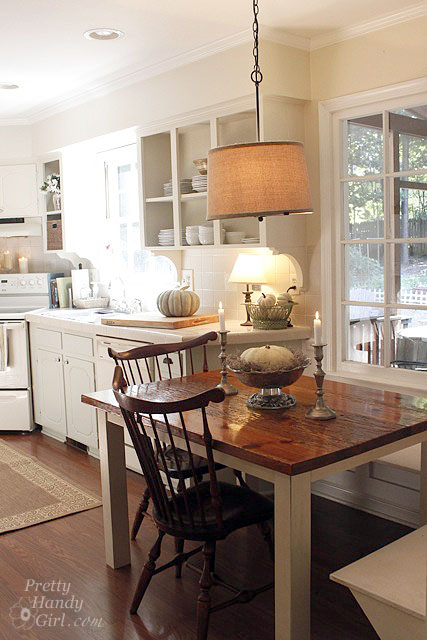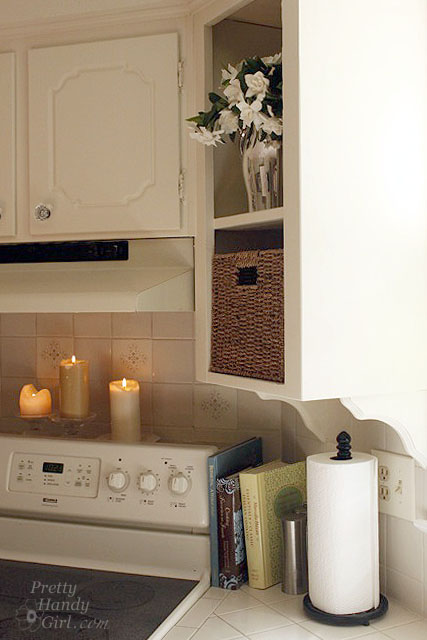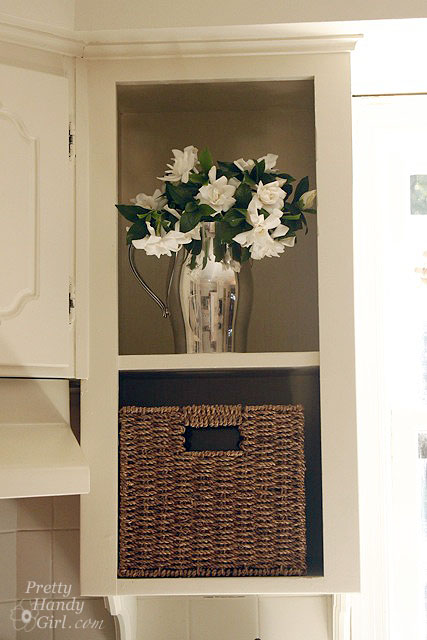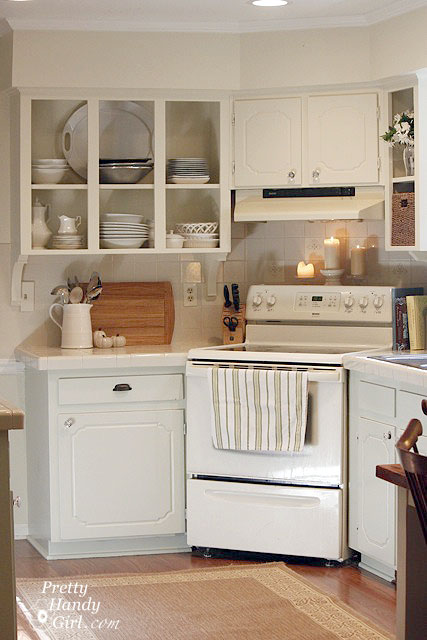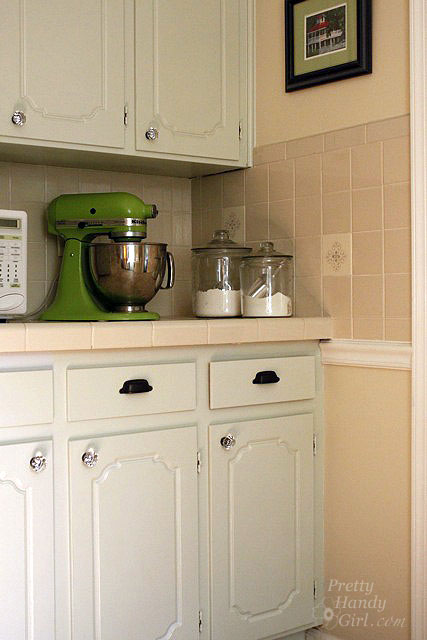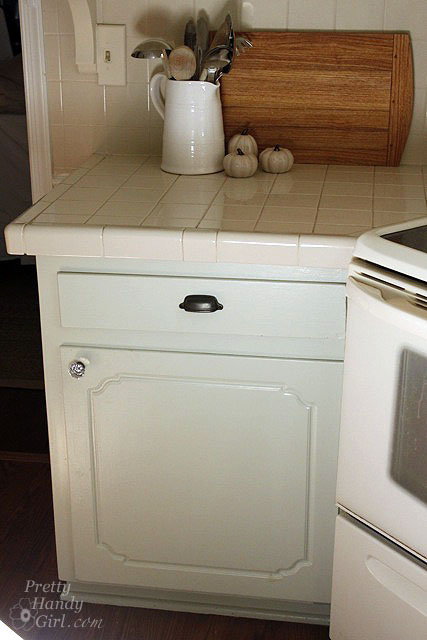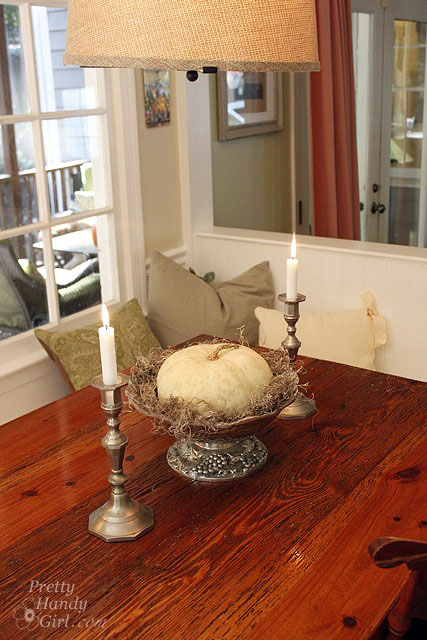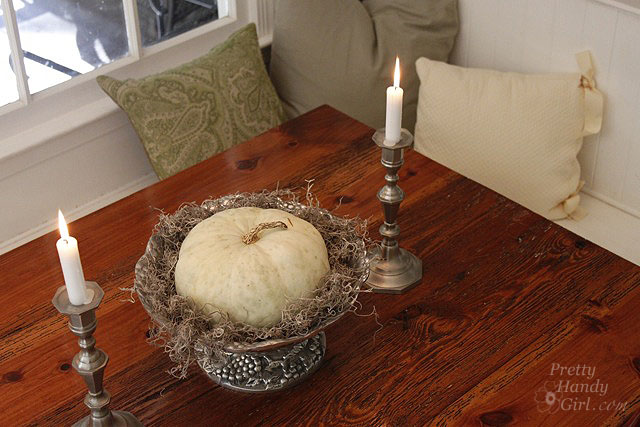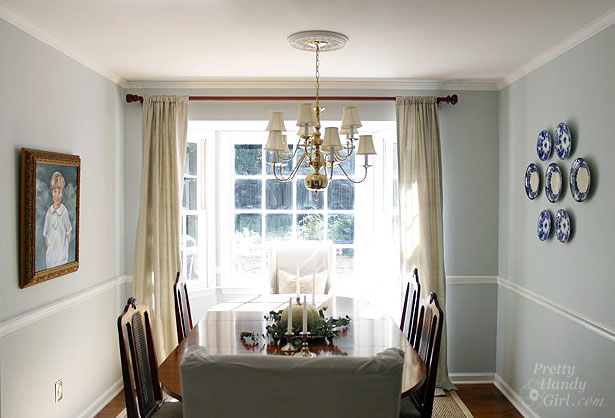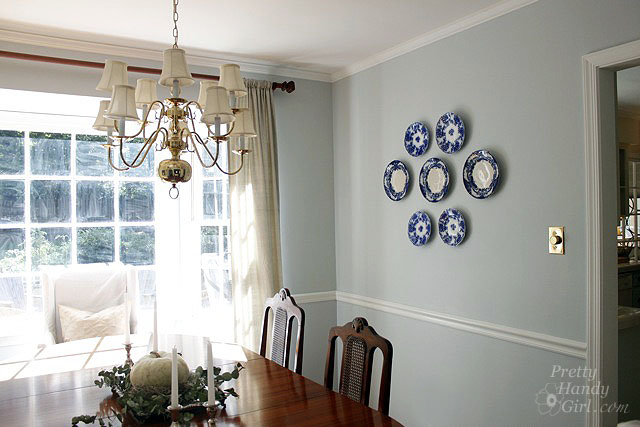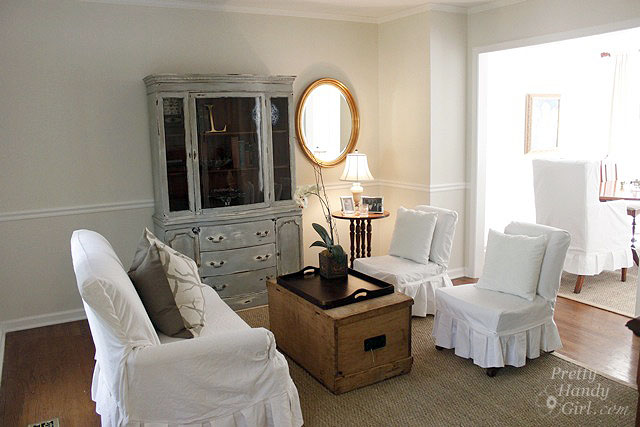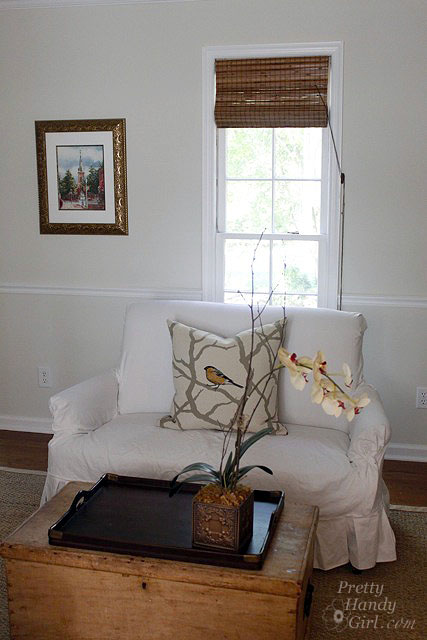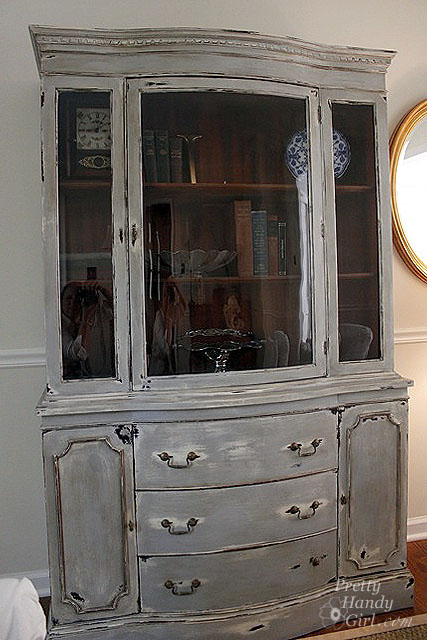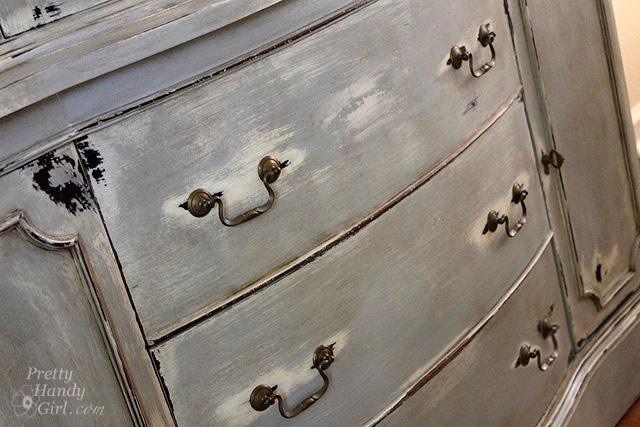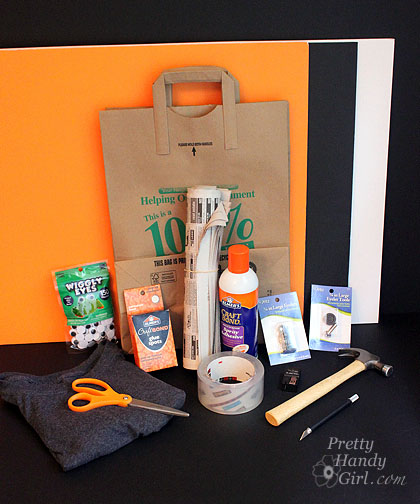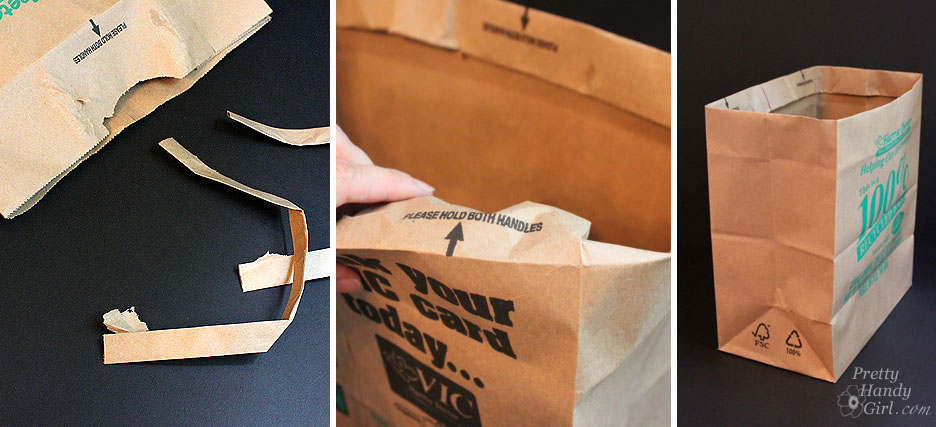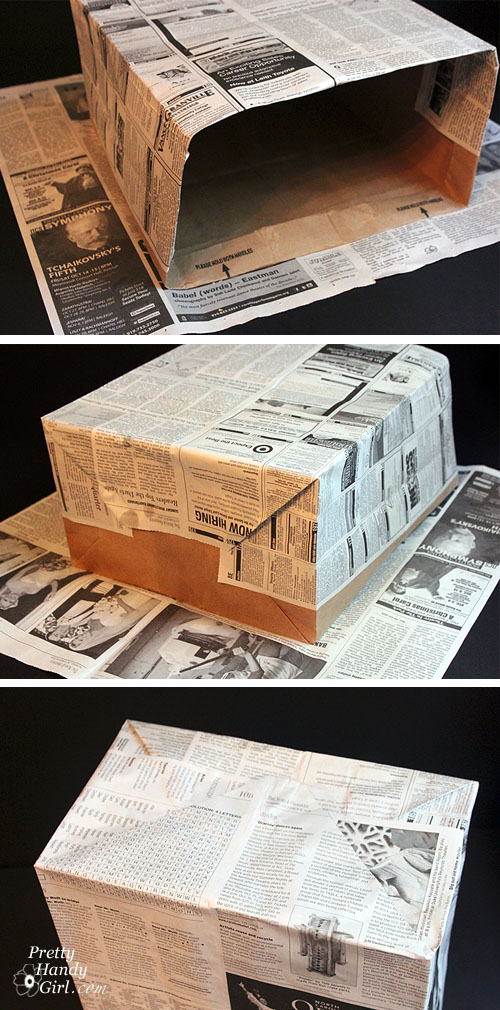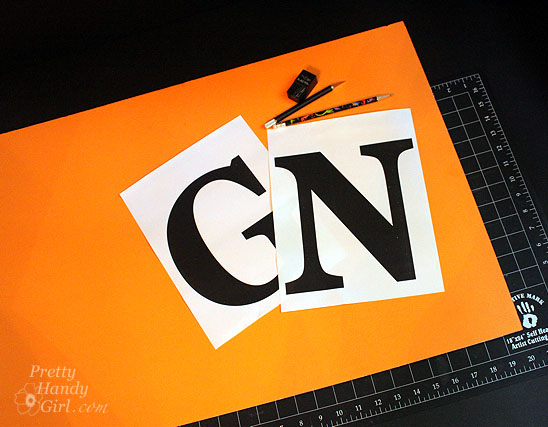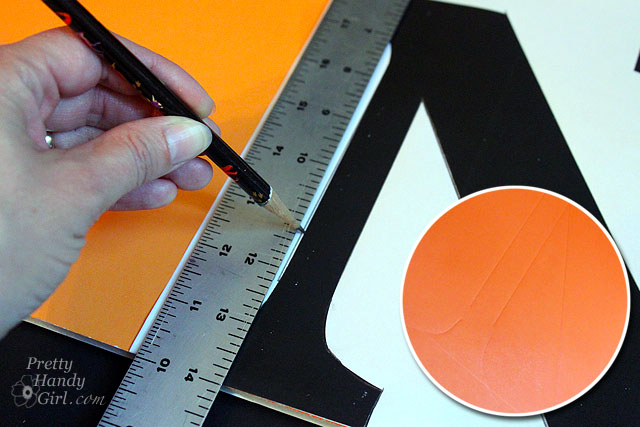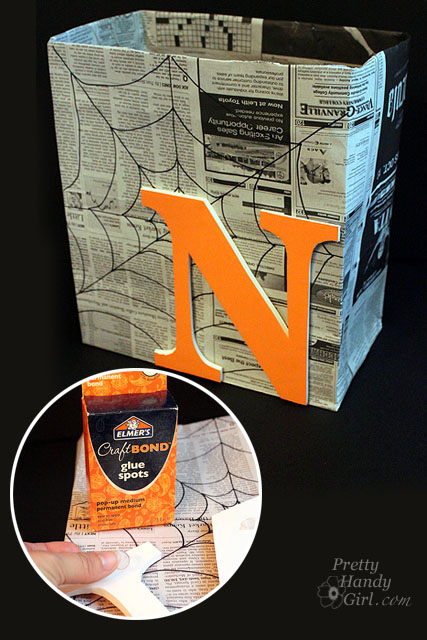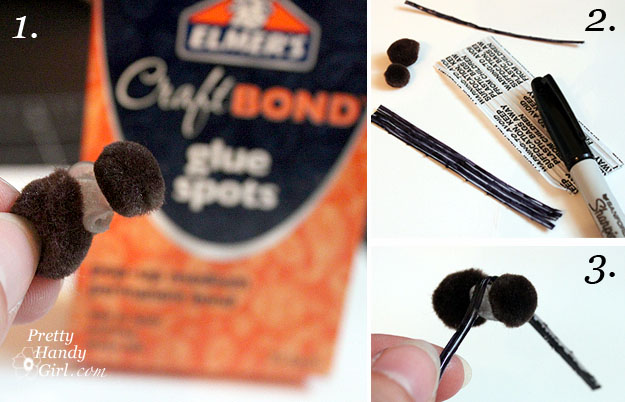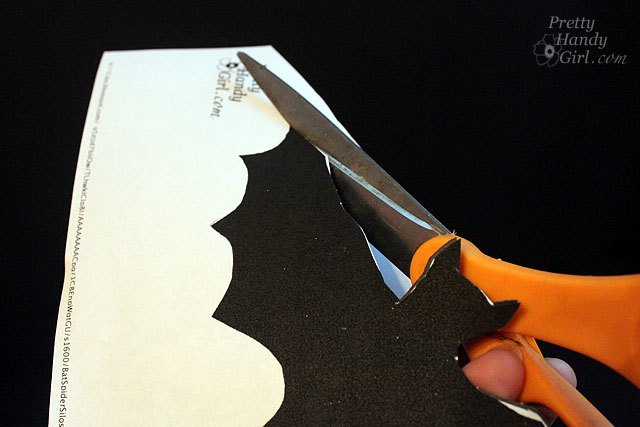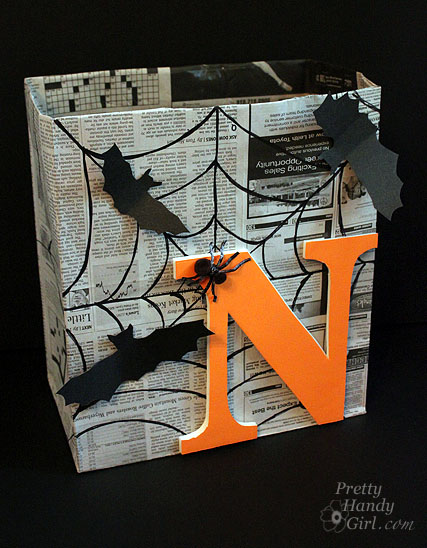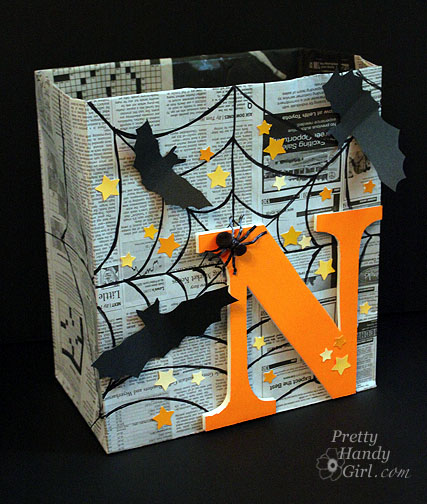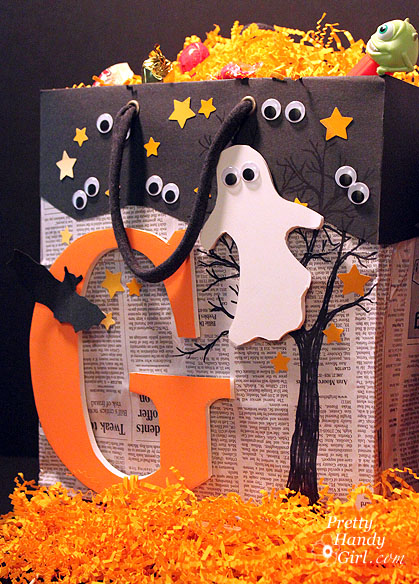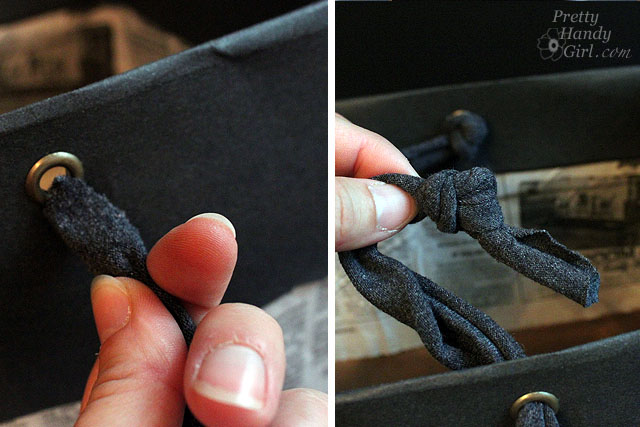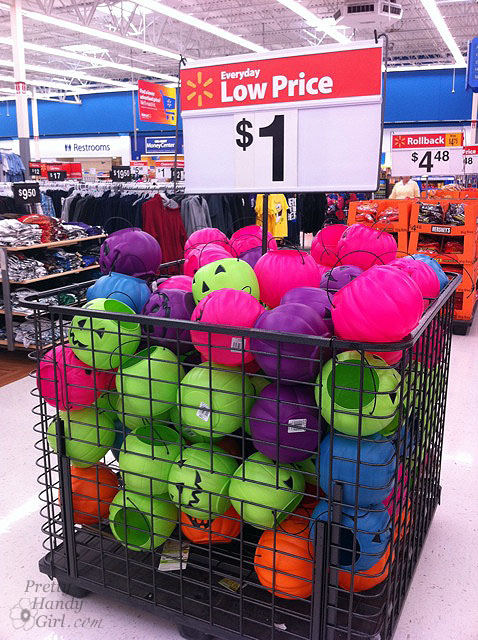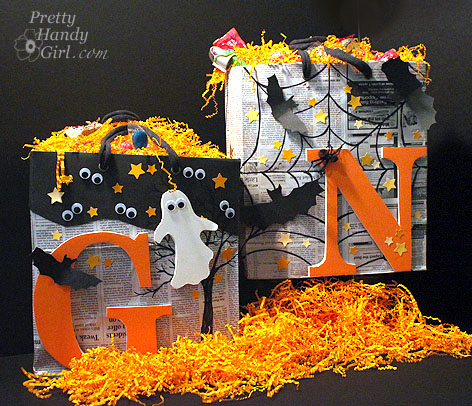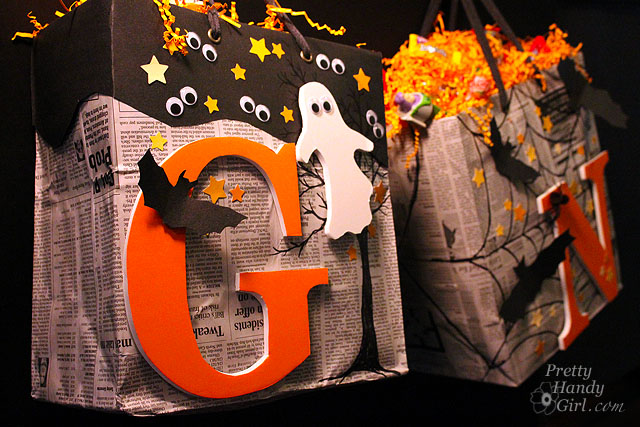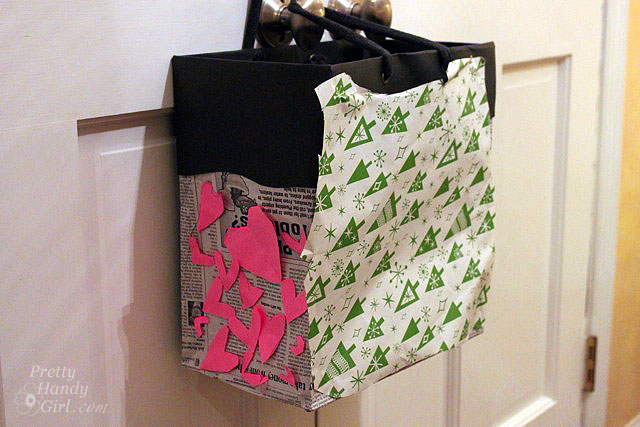
Do you want to give your landscaping a face lift? Are you tired of the builder’s grade boxwoods in your front yard, but you don’t really have the money to buy new plants. You shouldn’t have to! Get new plants, bushes, flowers, seeds, bulbs and more for FREE! Plus, I guarantee you will also get loads of horticultural advice from experts who are familiar with your soil and light conditions. Those experts and generous donors happen to live right around the corner from you!

Sound too good to be true? It’s not — and honestly — I’m not writing an infomercial here. You just need to organize a neighborhood plant swap!

I have been doing just that for the past four years. The time commitment is very small and yet the rewards are big. Since doing the plant swaps, I have filled our landscaping with lots of plants that are low maintenance because they grow in abundance in our neighborhood (most of us share the same soil and light conditions.) Plus, I’ve learned enough to avoid killing most of my plants now.
It all started about five years ago when I read an article about organizing a community plant swap. I thought the idea was genius! But, I was a little hesitant because I didn’t know much about plants, rooting, dividing and all that fancy gardening stuff. But, it turns out I didn’t need to know much. My neighbors have been more than gracious in sharing their gardening tips and knowledge with me. Every year I walk away with a slightly greener thumb.
Here are the details of how I organize our neighborhood swap every year. I host ours in October because fall is the perfect time to plant. Plants go dormant as the weather cools, so they need less water and are less likely to go into shock when transplanted. Some plant swaps are held in Spring when new shoots are easy to cut and root. And — because frankly — Spring is the time of year when everyone is coming out of hibernation they want to see flowers and plants (not snow.)
1. Set a date – mornings on a Saturday is best for most folks.
2. Scream it from the rooftops – advertise the swap in your neighborhood newsletter, online bulletin, flyers or individual invitations. Here is the message I send out in the newsletter and to our neighborhood online bulletin:
Neighborhood Plant Swap
Saturday, October 8th 10am (Rain Date TBA if needed)
Locations: your street or other communal location
Do you envy your neighbor’s landscaping? Want to bring more diversity into your yard? Looking to meet some of your neighbors?
Come join us for the Annual Neighborhood Plant Swap!
Divide those bulbs! Dig up seedlings! Root some clippings! Bring some seeds! Or just come empty-handed.
We hope to see you there!
Help some of us new gardeners by labeling plants with as much information as you can:
Name, light requirements (sun, shade, part sun, etc.), soil and water requirements and a short description (height, color, flowering, etc.)
3. Yell a little louder – continue to publicize as the date nears – send out an emails, recruit friends to come, and set out signs a few days before the swap to drum up interest.
4. Contain it – Start collecting used pots, recycled yogurt containers, plastic bags, and anything that can hold a plant that you dig up.
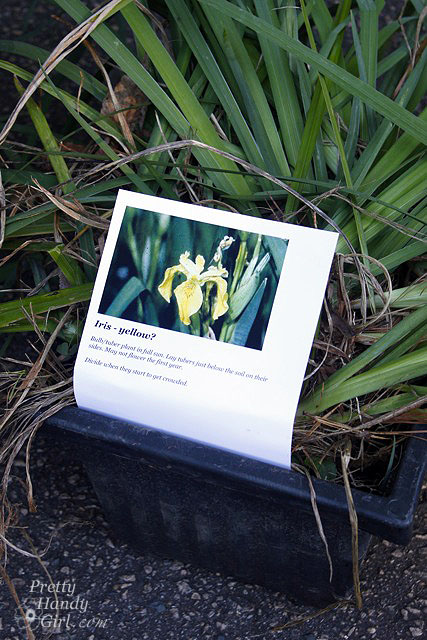
5. Cut it out – 2-3 weeks before the swap, take your clipping and do research online about getting them to root (Sand & Sisal has a great post about getting your clippings to root.) Some clippings only need to be set in a vase of water and put in a sunny window. Others may need you to nick the stem and dip it in rooting hormone.
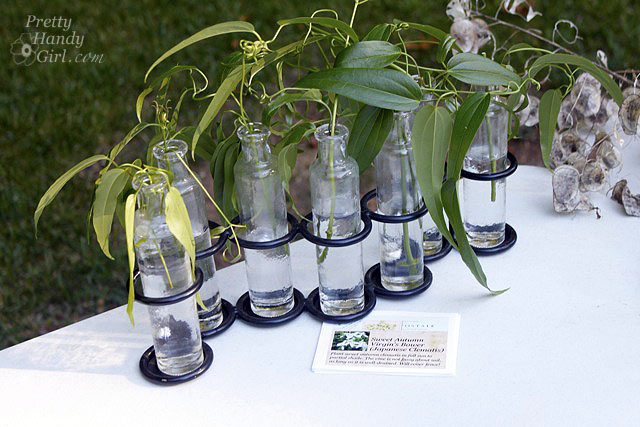
6. Dig in – 1 week before the swap (or the morning of! Yup, I’m the queen of procrastination.) Dig up your plants, collect seeds, divide bulbs. Set them in containers. Don’t forget to keep the plants watered or they may die before the swap. (Seeds and bulbs or tubers don’t need watering.)
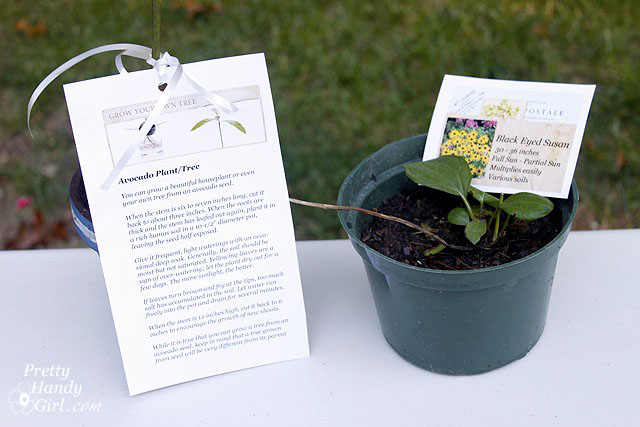
7. Tell me more – Label your plants with as much detail as you can. At the very least, the tag should have the plant name, preferred light conditions, height.
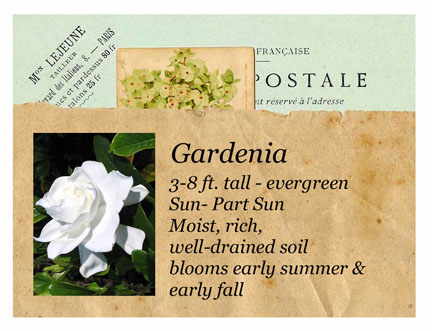
Here is a plant tag template for your convenience. Special thanks to Karen, The Graphics Fairy for sharing this design. It is actually a blog background design, but I turned it on it’s side and cropped it.
You can make your own tags (several people just handwrite the info on a 3×5 index card.) But, the graphic designer in me had fun making these vintage french tags. (PDF download for your own personal use by clicking on the picture below.)
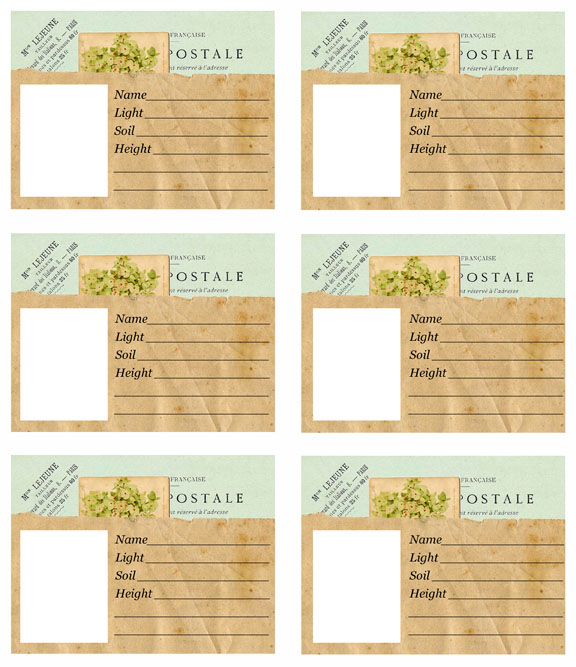
8. Day of the Swap – Put a big sign and some balloons at the end of your street. Set up a few folding on the street or in a driveway. I use two 8′ tables (plastic tables are best since they wipe easily and aren’t damaged by water) and one card table for coffee and donuts. Refreshments are optional (a little coffee and sugar makes any occasion a bit more fun.)
Have a few supplies on hand:
- Rag and spray cleaner for clean up afterwards
- Tape
- Paper for signs
- 3×5 cards for last minute labels
- Sharpie marker
- Twist ties or string
- Baggies
- Wagon or wheel barrel to bring home your new precious plants (assuming you walked to the swap.)
Label three areas on the table: sun, partial, shade.

When people arrive direct them to set their plants on the table according to the amount of sun they need.
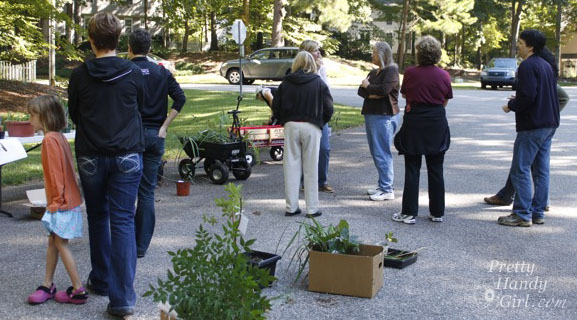
Time for some browsing and mingling. Allow your neighbors plenty of time to talk, look at the plants, and ask questions. We normally wait about 20 minutes before actually swapping plants. This gives plenty of time for late stragglers to show up. AND, this is the time to gather all those expert tips and information. All you have to do is stand over a plant, point at it and ask, “Anyone know anything about this?” Naturally those expert gardeners’ ears will perk up and they will be happy to show off their knowledge. Be sure to put on your listening ears because you will get a wealth of information.

After people have had time to mingle, you can start the swap. I’ve heard several ways of doing this. Some swaps allow people to take as many things as they brought to swap. Our group is a lot more laid back, and yet we ALWAYS have plenty of leftovers. We all start by taking one plant. When everyone has one, then we go back for seconds, etc. etc. At the end we try to “sell” the leftover plants and convince each other to take them home.

Ultimately we are usually left with a dozen or more orphan plants. Therefore, after the swap, I leave the tables up for the rest of the day and send an email letting people in the neighborhood know that there are FREE plants for the taking. At the end of the day I clean up and take home any orphaned plants and try to find a spot for them.
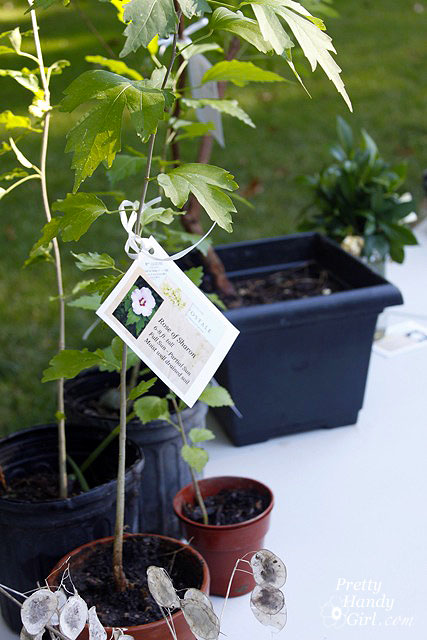
Have you ever been to a plant swap? Do you have the desire to create your own plant swap? I’d love to hear about it.


